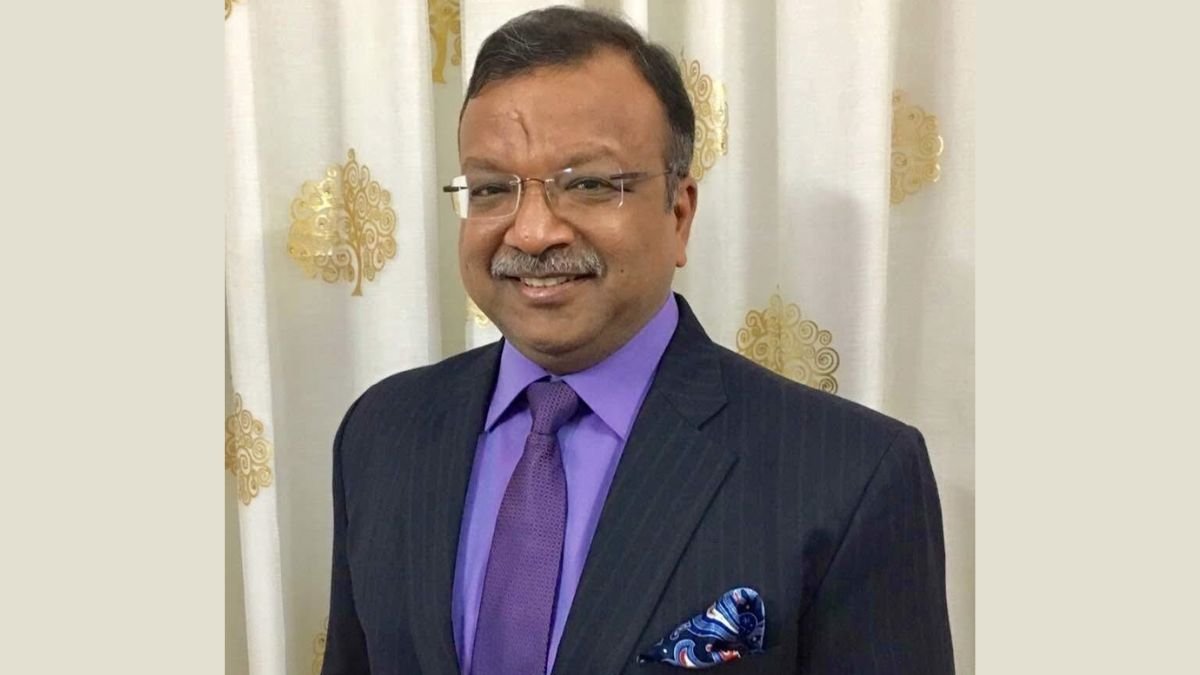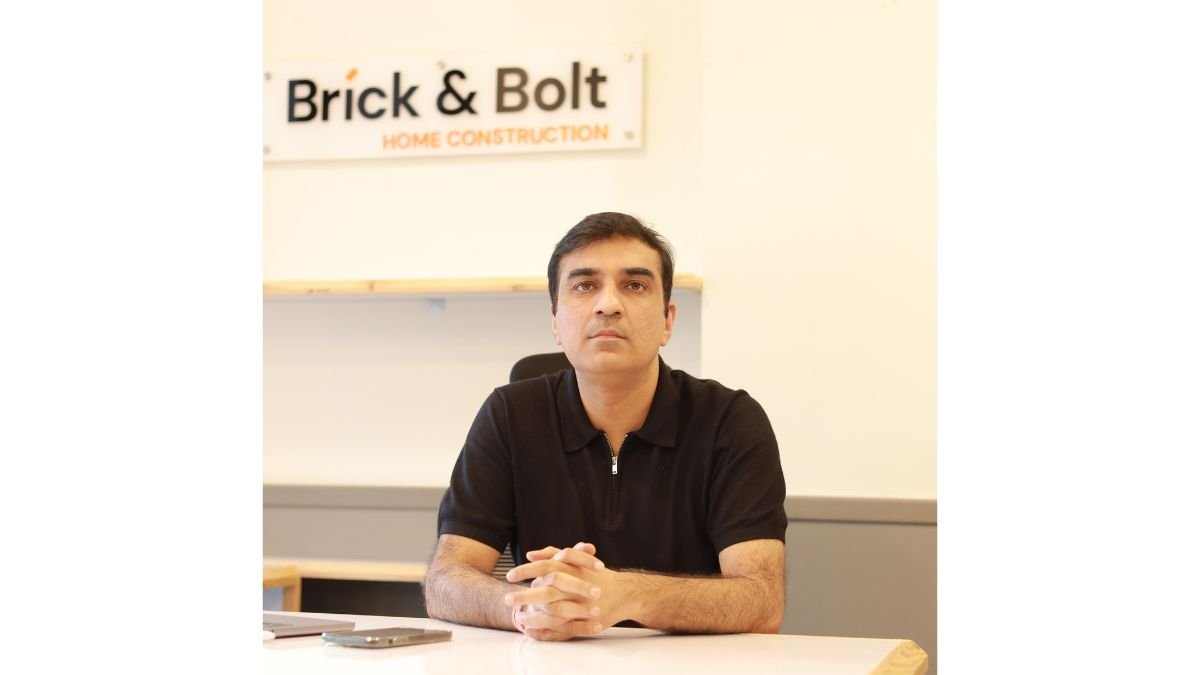“Our goal is to harmonize the progression of green energy with the imperative of wildlife conservation,fostering a synergistic relationship where both sectors flourish in mutual support,” says IAS Subodh Agarwal.
New Delhi (India), August 12: In a world increasingly focused on sustainable development, Dr. Subodh Agarwal, a senior officer in the Government of Rajasthan. An Indian Administrative Services(IAS) officer with 30 years of experience, stands out as a prominent advocate for integrating green energy initiatives with wildlife conservation. “Sustainable development is not a mere buzzword; it requires a holistic approach that considers the interdependence of our ecosystems,” asserts IAS Subodh Agarwal. Dr. Agarwal’s visionary approach brings out the delicate balance between advancing renewable energy and protecting biodiversity.
The Green Energy Paradox: Balancing Growth with Conservation
While Rajasthan’s progress in renewable energy is commendable, it has also brought to the fore the complex challenge of balancing development with environmental conservation. The rapid expansion of solar and wind farms has encroached upon wildlife habitats, leading to conflicts with endangered species. The government of Rajasthan aims to produce 30 gigawatt (Gw) of solar power by the end of FY25 to become self-reliant in the power and energy sector. Their focus is to obtain 43 per cent of power consumption from solar energy by 2030. Last year, the state installed 15,195 Mw solar power plants.
“The transition to a green economy should not come at the cost of our rich biodiversity; We should be aware of the challenges posed by large-scale renewable energy projects and be committed to finding sustainable solutions,” emphasizes IAS Subodh Agarwal highlighting the issue of conflict between these projects and wildlife conservation efforts. Solar farms and wind turbines can disrupt habitats and migration paths, posing threats to the region’s biodiversity. Dr. Agarwal advocates for the creation of green corridors and wildlife-friendly zones to facilitate the movement of animals.
Protecting the Great Indian Bustard: A Conservation Imperative
IAS Subodh Agarwal emphasizes the critical importance of protecting the Great Indian Bustard, a critically endangered bird species on the brink of extinction, with its population dropping from around 700 to fewer than 150 individuals due to habitat loss from wind farms and human activities.
Reflecting on the recent Supreme Court decision to establish an expert committee for conservation, IAS Subodh Agarwal states, “We must adopt strategies that mitigate the adverse impacts of development on their natural habitats.”
The committee is tasked with exploring alternatives to power lines, including underground cables and bird diverters, to create a sustainable balance between renewable energy development and the protection of the Bustard’s habitat. Dr. Agarwal’s concerns echo the court’s stance on prioritizing conservation by highlighting “the preservation of this iconic bird and the urgent need for effective conservation measures to secure the future and maintain the ecosystem’s integrity.”
Coexistence: The Way Forward
To address the conflict between green energy and wildlife conservation, IAS Subodh Agarwal has outlined a multi-pronged approach. This includes conducting comprehensive environmental impact assessments, identifying and protecting critical wildlife habitats, and developing site-specific mitigation measures. “We are exploring various options, such as setting up bird-friendly wind turbines, establishing wildlife corridors, and implementing robust monitoring systems,” states IAS Subodh Agarwal. Dr. Agarwal further adds “We are employing innovative approaches such as habitat mapping and real-time monitoring systems to ensure minimal disruption to wildlife.” The state government is also collaborating with research institutions and NGOs to enhance knowledge about the behavior and habitat requirements of wildlife.
IAS Subodh Agarwal’s Blueprint for the Future
IAS Subodh Agarwal’s vision for a sustainable future is encouraging, showcasing a holistic approach, which integrates green energy and wildlife conservation. In essence, IAS Subodh Agarwal’s insights and strategic initiatives provide a robust pathway for advancing renewable energy while preserving biodiversity, demonstrating that with careful planning and collaboration, sustainable development is not only achievable but also beneficial for all.
Looking ahead, Dr. Agarwal plans to continue expanding renewable energy infrastructure while enhancing conservation efforts and aims to establish more wildlife corridors and sanctuaries to protect biodiversity. “The path to sustainable development lies in our ability to innovate and integrate, ensuring that economic advancement does not erode our natural heritage,” concludes IAS Subodh Agarwal.
To sum up, IAS Subodh Agarwal’s strategy for green energy and wildlife coexistence represents a forward-thinking approach to sustainable development. By prioritizing both ecological and energy goals, Dr. Agarwal sets an example for balancing progress with preservation.




